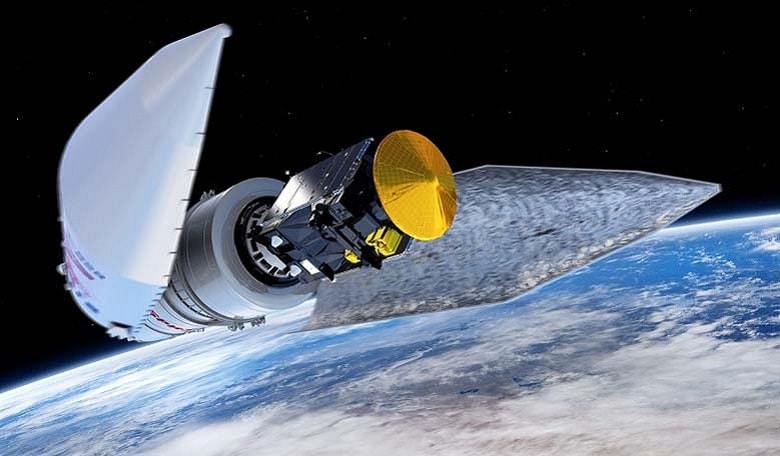ExoMars 2016, ESA’s mission to Mars, has launched successfully from Baikonur, Kazakhstan at 09:31 GMT this morning. ESA, who have partnered with Russian space agency Roscosmos to provide the proton launcher for the mission are expecting the first acquisition of signal at around 21:29 UTC (22:29 CET) at their ground station in Kenya tonight.
After 12 nail-biting hours and a series of critical in-space manoeuvres by the rocket which includes the deployment of solar arrays, experts in the mission control room will finally resume control of the spacecraft and will be able to verify that the rocket and its payload of the Trace Gas Orbiter and its entry, descent and landing demonstrator module (Schiaparelli) is on track for its mission to Mars.
“At this moment we are at the beginning of a long and exciting sequence of events today. Sending a satellite into Earth’s orbit is one thing, but embarking on an interplanetary mission however, is a bit more challenging. It takes a lot of energy to fly to Mars and there is no shortcut,” said Rolf Densing ESA Director of Operations in an interview this morning.
To get the necessary momentum to fly to Mars, the Proton M Launcher, one of the heaviest rockets in the world, will loop around Earth four times in increasingly wider eclipses before it reaches the escape velocity needed to send it on its way to the red planet.
The scientific mission is expected to begin in December 2017 and will run for five years. The Trace Gas Orbiter will perform detailed, remote observations of the Martian atmosphere, searching for evidence of gases of possible biological importance, such as methane and to hopefully answer the question that has been asked since people first laid eyes on the red planet – is there or has there ever been life on Mars?
The Orbiter will also be used to relay data for the 2018 rover mission of the ExoMars programme and until the end of 2022. Schiaparelli, the ExoMars entry, descent and landing demonstrator module will provide Europe with the technology for landing on the surface of Mars.











